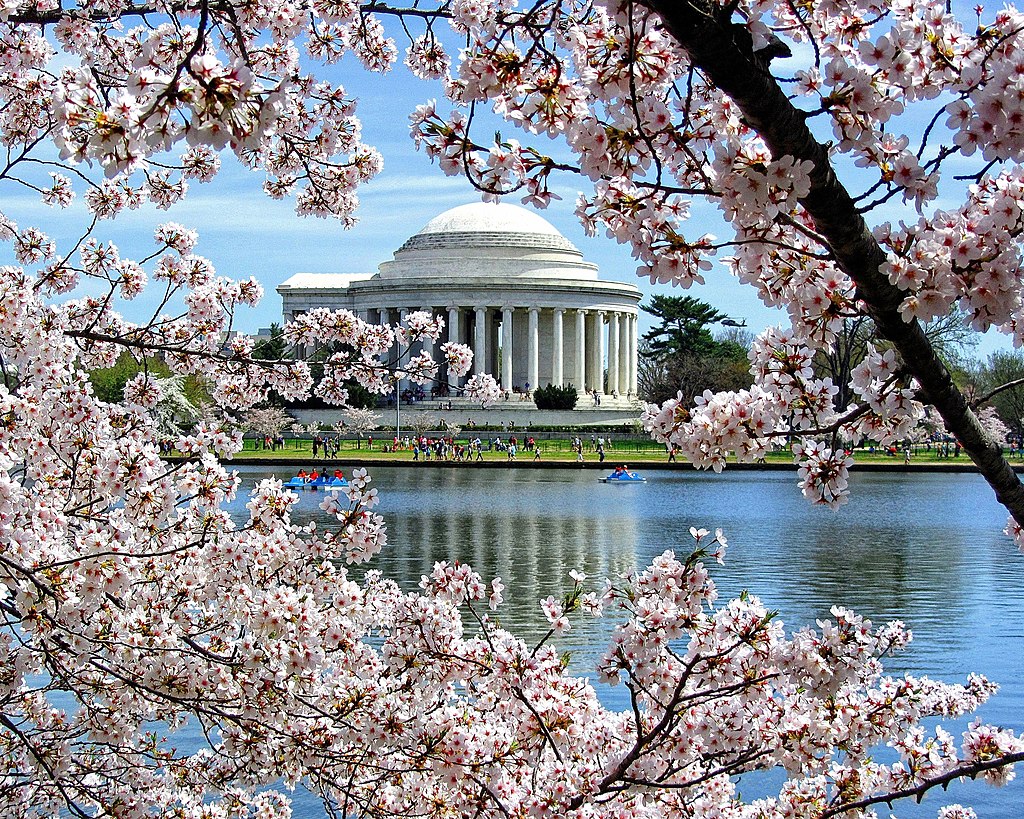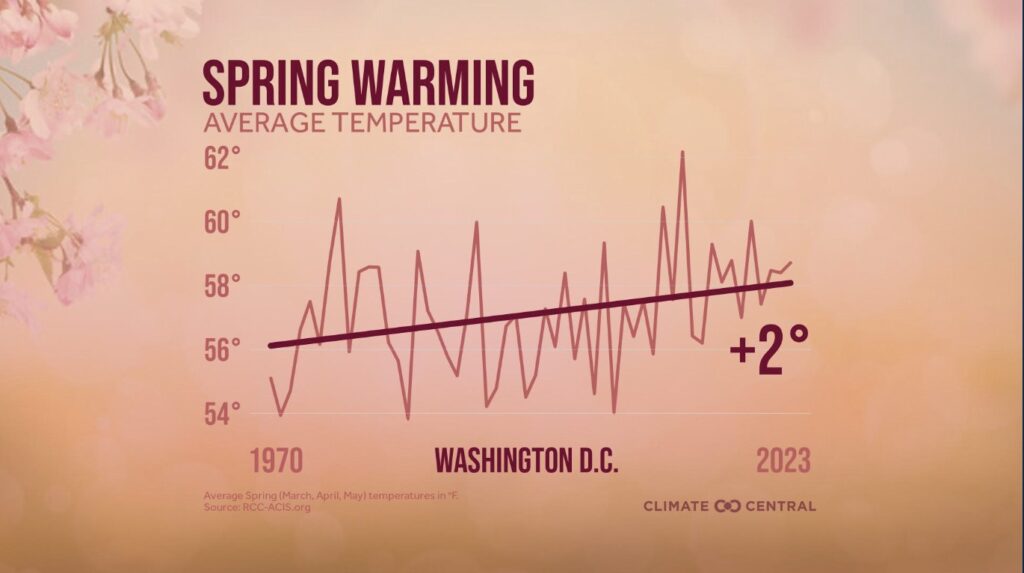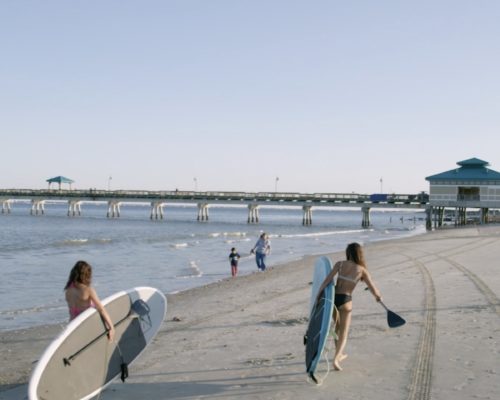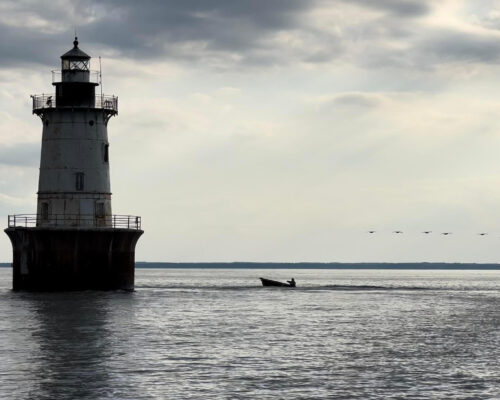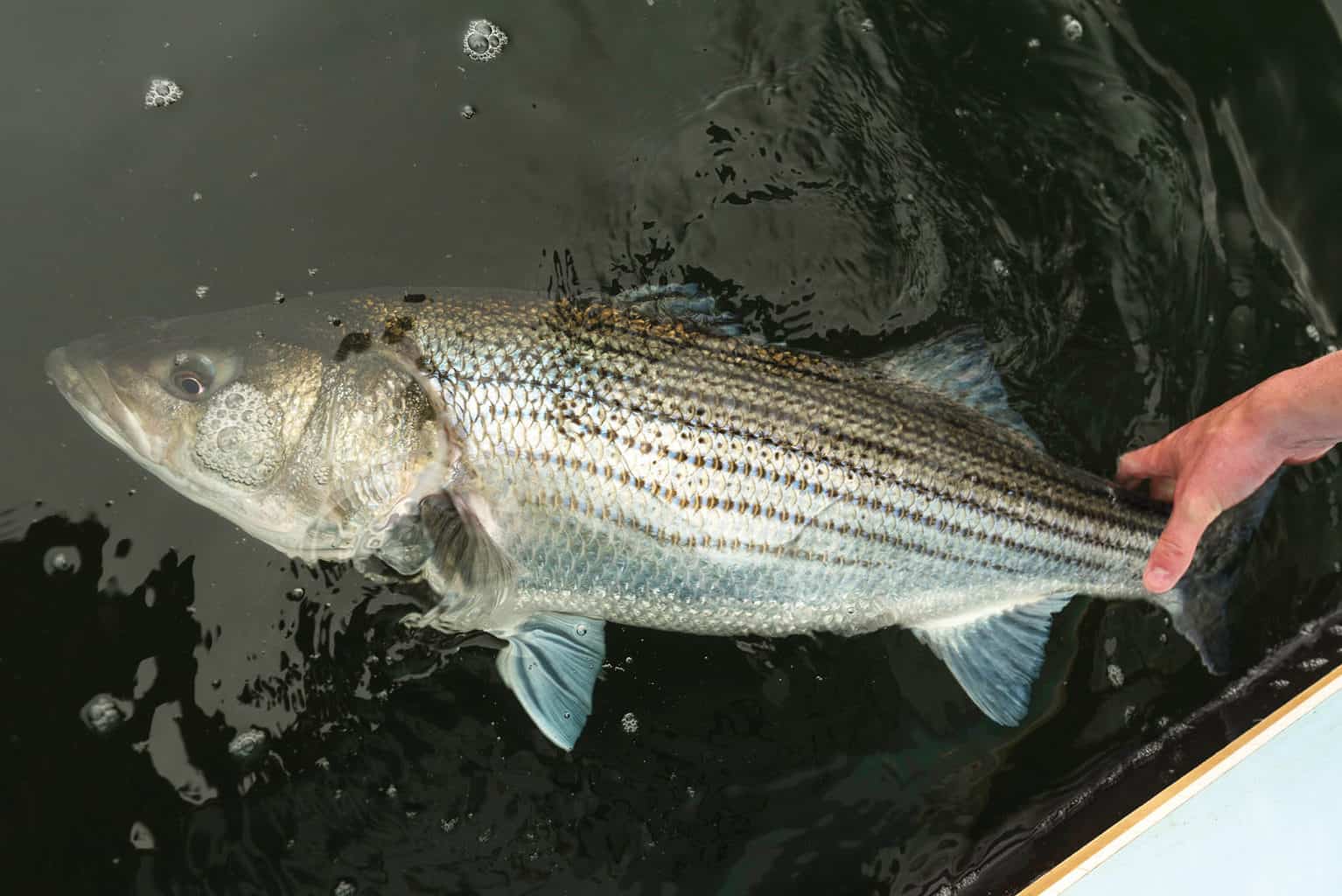It crept up quickly this year: the National Park Service (NPS) recently announced that cherry blossom viewing in the DMV region should peak between March 23rd and 26th. Around the Bay region already, more and more pink and white blooms are beginning to show, proving that even after all these years Mother Nature still enjoys keeping us on our toes.
The early bloom is due to a few factors, but most important is the number of “degree days” between winter and spring, or those days that reach a certain temperature and amount of sunlight.
“All blooms follow degree days,” says Davey Tree Expert Company arborist Lou Meyer. “It may be the 6th of March, or the 75th day of the year, but degree days will say something different. And in the Mid-Atlantic, we’re seeing a lot of wild stuff happening.”
The March 23rd date isn’t the earliest on record: trees began to bloom on March 15 back in 1990, and were as late as mid-April back in the 1950s. “It does move around through time,” says Meyer.
This year’s particularly early spring is also due to the influence of El Nino in the Pacific, says Climate Central meteorologist Lauren Casey. “El Nino is a large-scale circulation pattern that originates in the Pacific Ocean, creating an atypical warming of waters,” she says. Beyond seeing overall warmer conditions, Casey expects more significant rain events.
“Everything is interconnected,” she says. “The warmer weather increases the atmosphere’s ability to hold moisture, so that when it does rain, we’ll see rain falling harder and faster.”
Once the blooms appear, visitors have only a few days to catch them. Cold weather can extend bloom times, while a warm spell may shorten it. And if we have a significant rain event, well, we can be out of luck entirely.
“The NPS does a really good job of protecting the trees,” Meyer says. “But the biggest issue for the cherry trees is soil compaction. When thousands of people walk over the root systems, soil becomes compacted and there’s less soil porosity.” Meyer’s advice is that if you do visit the cherry blossoms, stay out from under the trees’ drip lines.
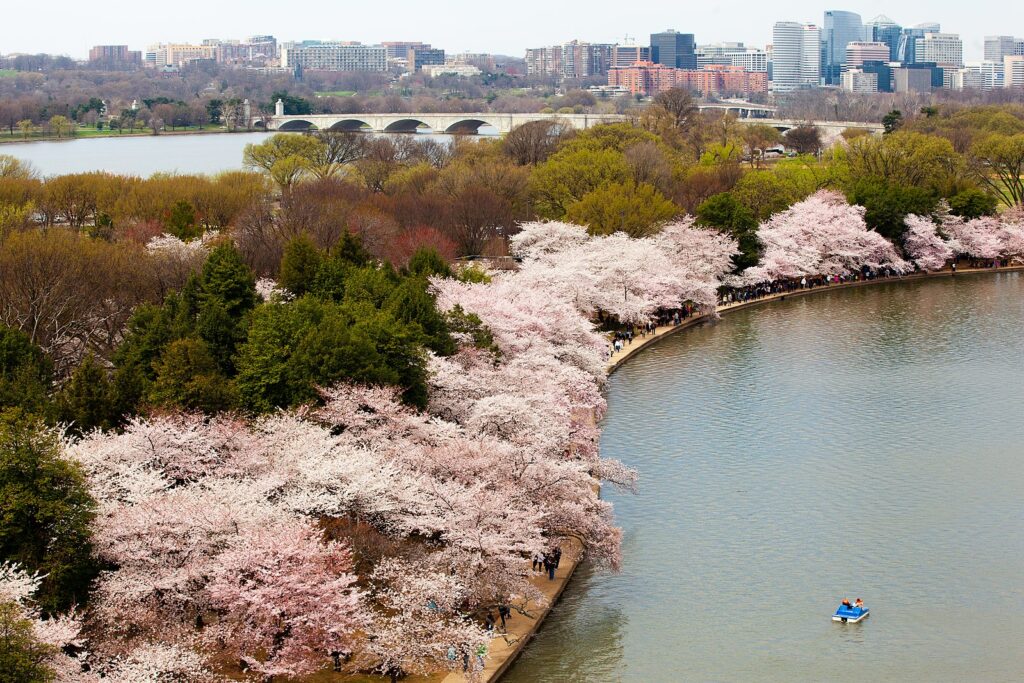
Even better, however, is to see the cherry blossoms from the water. While private vessels aren’t allowed in the Tidal Basin, kayaks and paddleboards can be put in at the boat ramp at Columbia Island Marina. If you don’t have a vessel of your own, just up the river Fletcher’s Boathouse opens for the season on March 23rd, and has plenty of rowboats for rent.
If you end up in DC earlier than the peak bloom, National Harbor has an orchard of over 200 Okame cherry trees. The Okame variety tends to bloom earlier than the Yoshinos that are prevalent in the Tidal Basin.
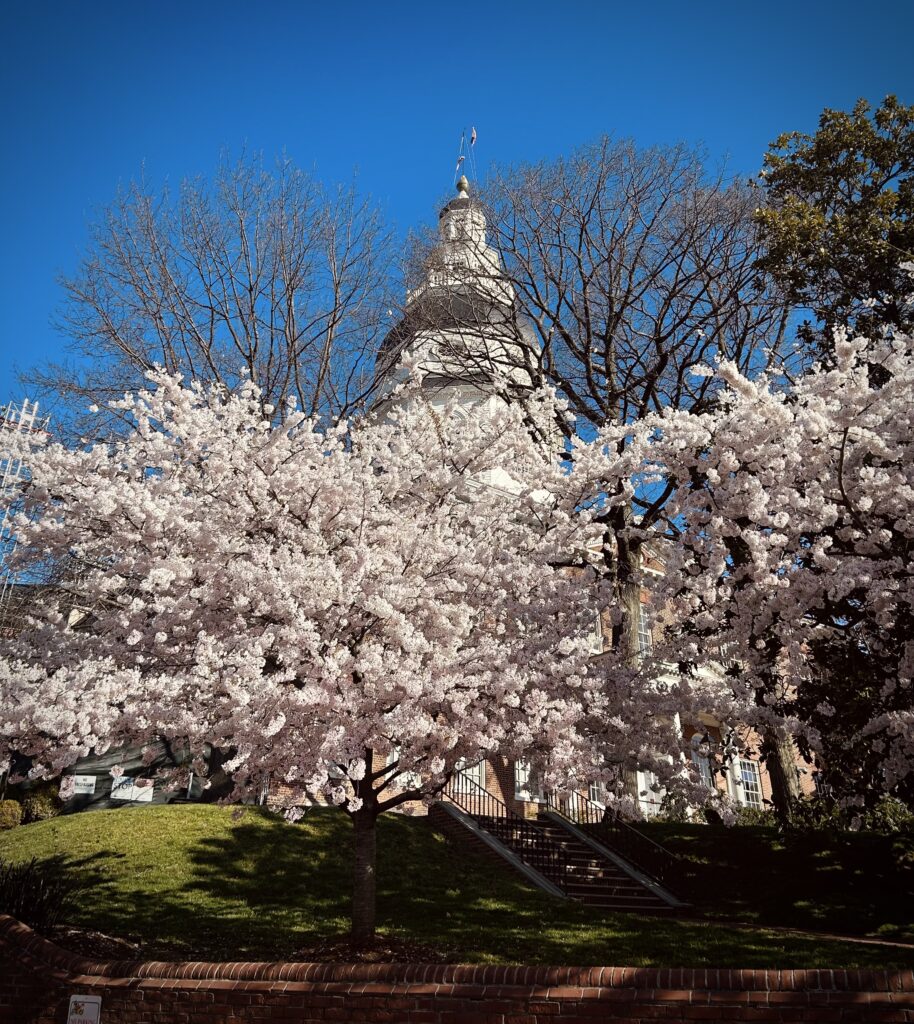
If you’re a proud Mid-Atlantic resident, it’s important to recognize your cherry tree from your apricot, which looks very similar. “People confuse cherry trees with apricots,” says Meyer. “They’re both in the prunis family, and apricots bloom first.” Sometimes it’s not necessarily a cherry tree jumping the gun, but an apricot tree instead.
If you don’t feel like dealing with the massive crowds in DC, Meyer has lots of ideas for other secret orchards.
“The Maryland State House in Annapolis has only three or four, but they’re spectacular trees,” he says. “Fort McHenry in Baltimore has a great collection, and Cylburn Arboretum (also in Baltimore) has a fair number as well. In DC, the National Arboretum has over 70 different species, and it’s a darn good place to walk around. And Centennial Park in Ellicott City is a personal favorite.”

